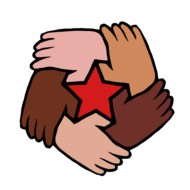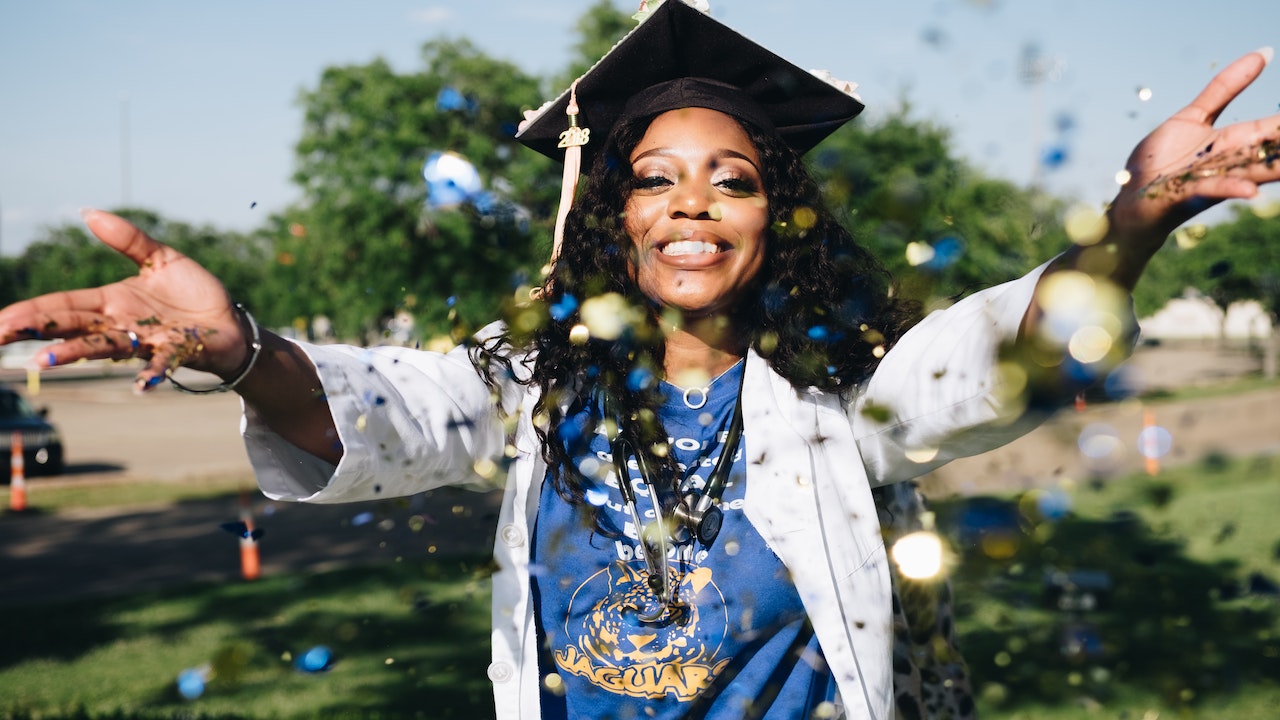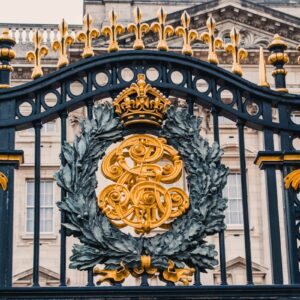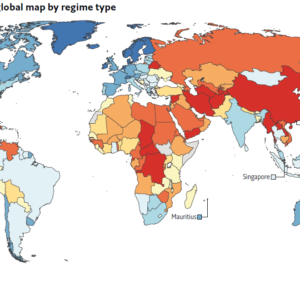If you ask most people about the Cuban education system, they’ll probably mention the famous Cuban doctors, who provide medical care around the world. But there’s a lot more to the country’s education system than its medical schools.
The Cuban government puts a high priority on education, spending 13 percent of the country’s GDP on it. That makes it one of the world’s top spenders on education in proportion to income. To put that into perspective, the US spends five to six percent of GDP on education, while the nearby Dominican Republic spends only 4.3 percent of GDP, less than a third of the Cuban amount.
Education is free in Cuba for life, from preschool to PhD and postdoctoral studies, since the government believes that a highly educated population is essential for maintaining a socialist society.
Early Childhood Development
Education starts in early childhood, where Cuba has 99.5 percent participation in its preschool program.
Twenty percent of the preschool age population attends dedicated nurseries, while the remaining 80 percent participate in the “Educate Your Child” program at home.
The first three years of life have a powerful, lasting impact on a child’s development. So Cuban authorities are highly focused on making sure that children are well nourished, properly stimulated, and avoid any harms, such as neglect or abuse.
Taking a family centered approach, a professional comes to the home once or twice a week for the first two years, to demonstrate age appropriate ways to stimulate the little one.
From age 2 to 6, children participate in group sessions in public spaces, such as parks or community centres, along with their parent or caretaker.
Both the home program and group sessions include input from professional educators and a medical doctor, who monitor the child’s development.
As well as monitoring the child’s progress against developmental markers, the family is also assessed regularly for risk factors, such as poverty or a family history of alcoholism, in an effort to minimize anything that could interfere with the child’s development.
For families living in poverty, the government may issue extra funds to make sure they can afford to care for the baby properly.
Primary School
Primary school starts at six years old and also has a near 100 percent enrollment rate. Those students who’ve been identified as having special educational needs will usually go to one of the 365 special education schools, which each specialise in teaching students with particular disabilities. About a quarter of disabled or developmentally impaired children go to mainstream schools, though, with a higher number of older students attending mainstream education, once they’re able to cope with it.
For the majority, school starts at one of the nearly 7,000 mainstream primary schools that are spread across the island.
All students have access to schooling, even the ones in the most remote regions. In some schools, there are as few as ten students, but schools are much larger in more densely populated areas.
Many schools open at 6:30am and don’t close until 6:30pm, providing free morning and after-school care for working parents who have no extended family.
The first 90 minutes of the day are devoted to breakfast and free play. Core academics take place from 8:40am to 12:30pm, followed by another 90 minutes of lunch and games or recess. Between 2 PM and 4 PM, kids engage in a range of activities we would call enriched learning, such as health, art, music and sports. At 4 PM, students again transition to games and supervised play until it’s time to go home.
Secondary School
After the first three years of secondary school, students are sorted into two tracks based on their academic performance. Those heading for university continue with an academic focus, while those heading for technical careers begin vocational training.
Historically, around sixty percent of students have been steered down the university track, and forty percent down the technical skills track, but the government has recently decided to reverse that as the needs of the economy have changed.
Students are allowed to state a preference for the career that they want to train for, but ultimately there are only so many places in the economy for each skill set, so not everyone gets their first preference.
Higher Education
University education is common in Cuba. Over half a million students are enrolled in university in Cuba, or one in twenty three of the population. This is down from a million students in 2010, however, reflecting the country’s change in educational priorities.
Acceptance into university has some requirements, aside from passing the entrance exam. Students have to pass a background check to make sure that they’re not enemies of the country, and men have to have completed their mandatory two years of military service.
While university education is free in terms of money, those who graduate have to work for three years in a public service job at below average pay, as a way to pay society back. For men, their mandatory military service is included in this. Women can also choose to do military service to fulfil the requirement.
For those adults who missed out on university but would like to change careers, Cuba offers distance learning degrees that can be taken in their spare time.
Conclusion
As we can see, Cuba is committed to educating its population to a high standard and spends a large portion of the country’s resources doing so. Considering how well the country has flourished, despite the harsh economic sanctions it’s been under for sixty years, it seems that their investment in their people has paid off.
Further reading:
References:
https://www.questar.org/2017/04/28/look-cuba-education-system/
https://www.comminit.com/la/node/321629
https://novakdjokovicfoundation.org/education-system-of-cuba-path-to-success/
https://www.statista.com/statistics/708932/university-enrollment-cuba/
https://cubaplatform.org/education
https://www.unicef.org/cuba/media/591/file/early-childhood-development-cuba-2016.pdf
An Overview of Disability Identification and Special Education Teacher Preparation in Cuba (Intervention in School and Clinic) (2020) Alexandra Shelton, Jerae Kellya andXiomara Sánchez Valdés
https://havanatimes.org/diaries/francisco-castros-diary/social-service-part-1/amp/





